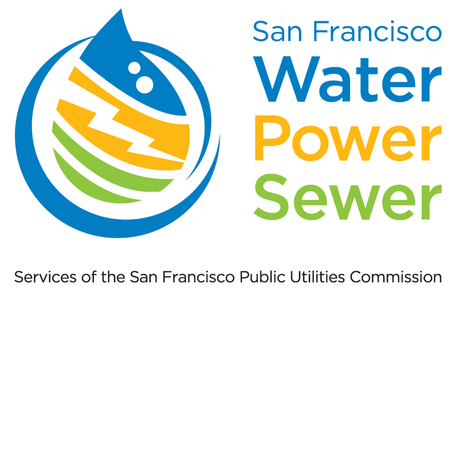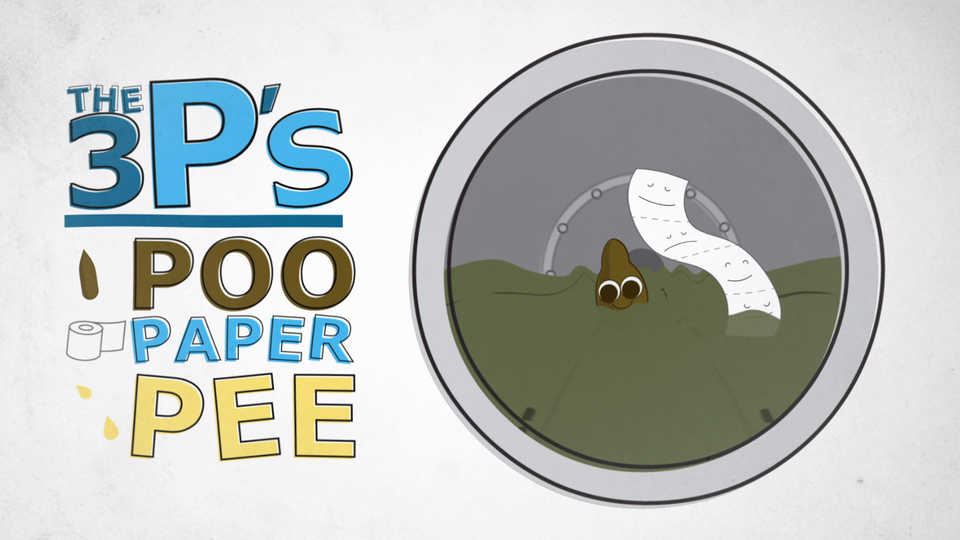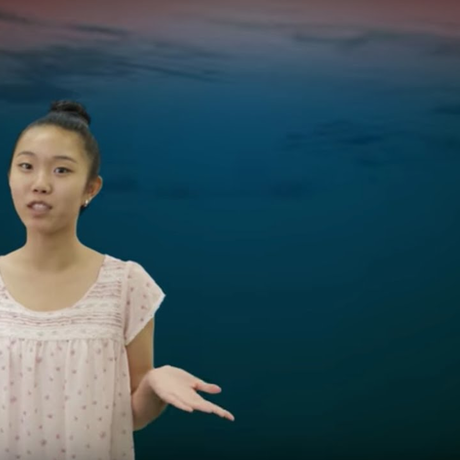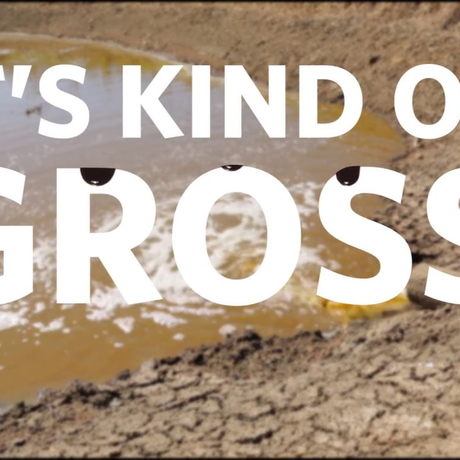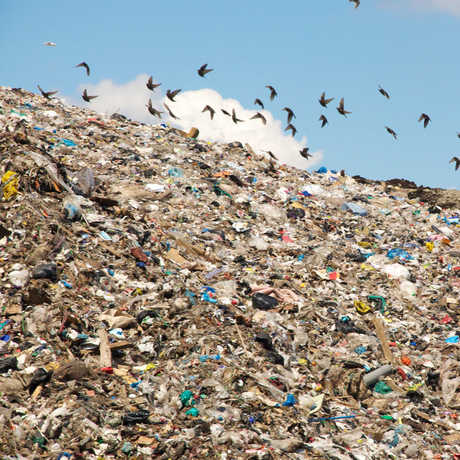The Story of Poo was awarded Best Picture at Afro Comicon's 2018 Mini-Film Fest.
When you flush the toilet, what happens to the pee, poo, and paper? Follow the path that poo takes through the sewer system under the streets of San Francisco to find out!
About this Video
Grade level: K-5
Length: 5 minutes
Video Discussion Questions
- In what ways did the people in the video use water? What are some other ways you and your family use water in your daily lives?
- How does water end up in the sewer system? Hint: the video showed a few different ways this happens. Try to think of two of them!
- Turn to a partner and discuss: What types of things should we put in the toilet? What types of things should we make sure to keep out of the toilet? Why?
- Turn to a partner and discuss: What role(s) did bacteria play at the Treatment Plant? What did you see or hear from the video that makes you think this?
- What is one action you can take to...
a) help the Treatment Plant do its job well?
b) help keep the plants and animals that live in San Francisco Bay healthy?
- The poo in the video was transformed into a clean, nutritious material called biosolids. How do biosolids help improve the environment?
- Explain how a bathroom in San Francisco is connected to...
a) the plants and animals that live in the waters of the bay, or
b) the fruits and vegetables your parents purchase at the store.
Quick Lessons
Check out these simple 25-minute activities to guide your students in following along with the video:
- The 3 Ps (K-2nd Grade)
- Follow the Poo (3rd-4th Grade)
- Poo=Energy (4th-5th Grade)
Key Concepts
- The water we use, as well as the water than runs off of streets, becomes wastewater. Most wastewater must be cleaned before it is safe to release into the environment.
- San Francisco has a unique combined sewer system because it collects and treats both rainwater and the wastewater that comes from homes and businesses.
- Sewer systems have to clean dirty water from building as well as streets, so it is important to be careful about what we put down toilets and drains, and keep trash off our streets. Only 3 P's belong in the toilet: pee, poop, and paper!
- Keeping the water we use as clean as possible helps people and other living beings to be safe and healthy. By being careful about what we put into our wastewater system, we can help to protect the San Francisco Bay and the Pacific Ocean, as well as the organisms living in them.
Background for Educators
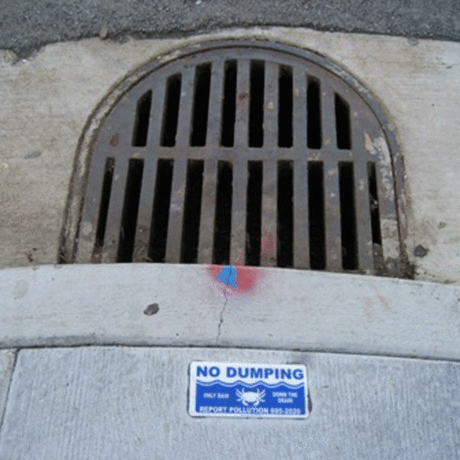
San Francisco is the only coastal city in California with a combined sewer system that collects and treats both wastewater and stormwater in the same network of pipes. Water flows through most of the sewers using gravity. The city's hilly geography comes in handy reducing the energy and maintenance costs associated with mechanical pumping.
Stormwater enters the combined sewer system through building roof drains or the catch basins along the street and gets treated at wastewater treatment plants just like the wastewater that goes down your drain.
Some storm drains in San Francisco go straight to the Bay, without heading to the Treatment Plant first. So, we need to be extra careful to keep trash from falling on our streets!
One of the City’s challenges is that the watershed area is mostly paved or has hard surfaces, so rain has no place to go other than the City’s combined sewer system before being discharged to the Bay or Ocean. One solution to this challenge is to expand the installation of green infrastructure, which takes advantage of the natural processes of soils and plants in order to slow down and clean stormwater.
Did You Notice?

The buildings are based on actual structures in San Francisco. The narrator's home was modeled after a Victorian apartment building.
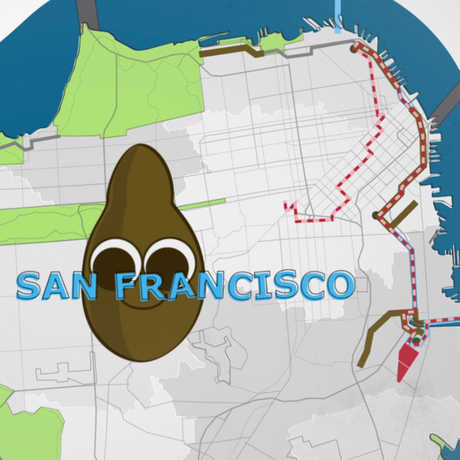
The underground maze is based on an accurate map of San Francisco's sewer system. Most of the city's wastewater flows to the Southeast Treatment Plant in Bayview-Hunters Point.
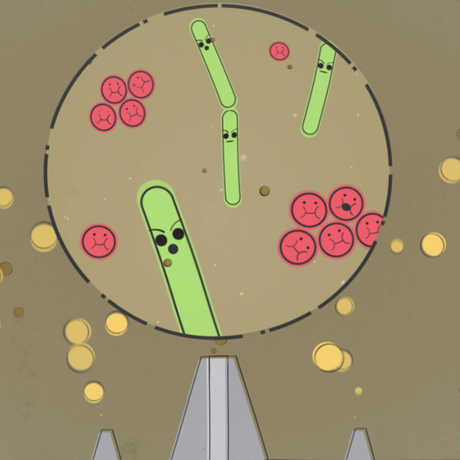
As bacteria decompose the poop, they release methane gas (the "burps"). The treatment plant recycles this gas as a source of electricity!
Share This
The Institute is generously supported by an anonymous donor, the Clarence E. Heller Charitable Foundation, the Horace W. Goldsmith Foundation, and the San Francisco Public Utilities Commission.
